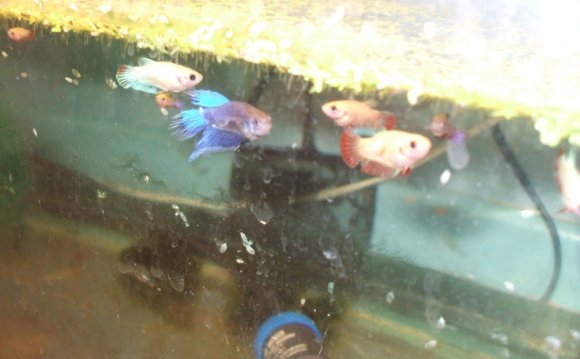
To produce all-male progenies in the fighting fish, Betta splendens, six groups of fry were subjected to discrete immersion treatment at different 17α-methyltestosterone (MT) doses (viz. 100, 200, 500, 700, 900, and 1, 000 µg/l) for a constant duration (3 hr/day) and frequency (second, fifth, and eighth day after hatching). The treatment at 900 µg/l led to 98% masculinization and 71% survival at sexual maturity. Treated groups, which showed significant deviation from the 1:1 sex ratio, were classified into two different series: S1 and S2. The groups that showed nearly cent-percent masculinization were classified as S1, and the other groups were classified as S2. The S1 males showed remarkably slower growth and attained 3.5 cm total length compared to 6.0 cm attained by a normal male. The S2 males attained 5.4 cm total length. Apart from these morphological defects, both S1 and S2 males suffered functional (decreased sperm count and sperm motility) and behavioral defects (incomplete embracing during mating) in their reproductive ability, leading to approximately 50% and 30% reduction in fecundity per mating, respectively. The cumulative fecundity loss suffered by the S1 male during its active reproductive phase is discussed. When normal and sex-reversed males were presented, a female preferred the former. Progeny testing of the sex-reversed males showed the occurrence of 12.75% males, indicating the possible role of autosomal genes in the sex determination mechanism of this species. Discrete immersion treatment at optimal/super-optimal doses ensured not only a higher percentage of masculinization, but also a higher frequency of homogametic males (XX). J. Exp. Zool. 293:606–616, 2002. © 2002 Wiley-Liss, Inc.









